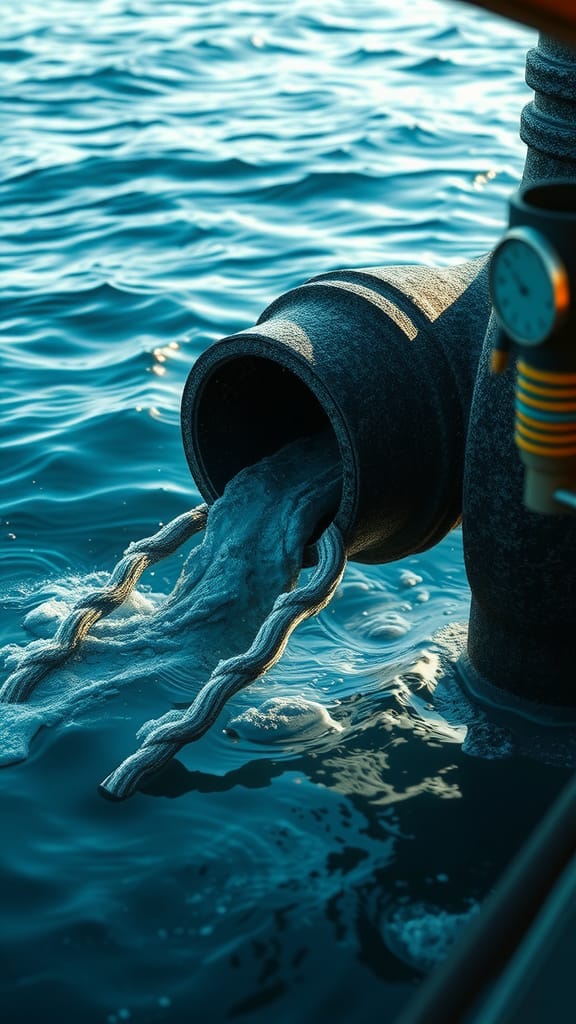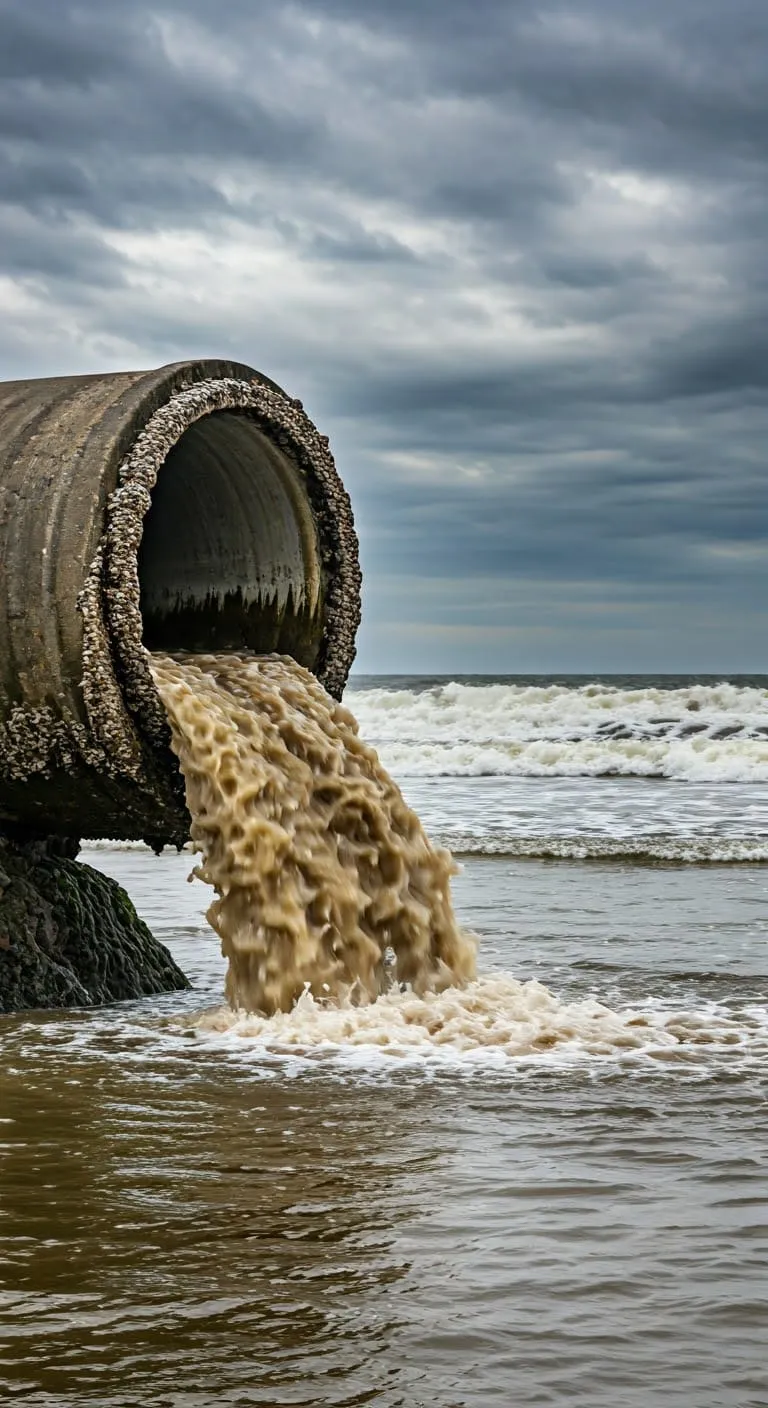A dirty high tide mark concealed by water stakeholders.
They claim that if they stop this practice, sewage will back up onto the street since the rainwater and sewage flow into the same pipe. A relatively simple solution would be to install a 90-degree pipe in the overflow system and route it into concreted hole, where it can be cleaned and managed as a whole, similar to the methods used by the Dutch.
Water Companies’ Profit Accumulation (1989-Present)

Based on the provided search results, here is a summary of the profits made by water companies since 1989:
- Since privatisation in 1989, some £50 billion has been paid out in dividends (UK: Private water companies awash with debt as dividends go to shareholders • Water News Europe, 2022).
- Between 1991 and 2019, the payouts in dividends to shareholders of parent companies amount to £57 billion (England’s privatised water firms paid £57bn in dividends since 1991, 2020).
- Over the past decade (2010s), water and sewerage companies have paid more than £1.8 billion a year in dividends (Thirty years on, what has water privatisation achieved? – CIWEM).
It’s worth noting that these figures are cumulative and represent the total amount paid out to shareholders since privatisation. To provide a more comprehensive answer, we can estimate the average annual profit:
- £50 billion (since 1989) ÷ 30 years = approximately £1.67 billion per year
- £57 billion (since 1991) ÷ 28 years = approximately £2.04 billion per year
- £18.1 billion (2007-2016) ÷ 9 years = approximately £2.01 billion per year
While there might be slight variations depending on the specific time frame considered, it’s clear that water companies have generated substantial profits since 1989, with estimated average annual profits ranging from £1.67 billion to £2.04 billion.
Share this content:






Post Comment